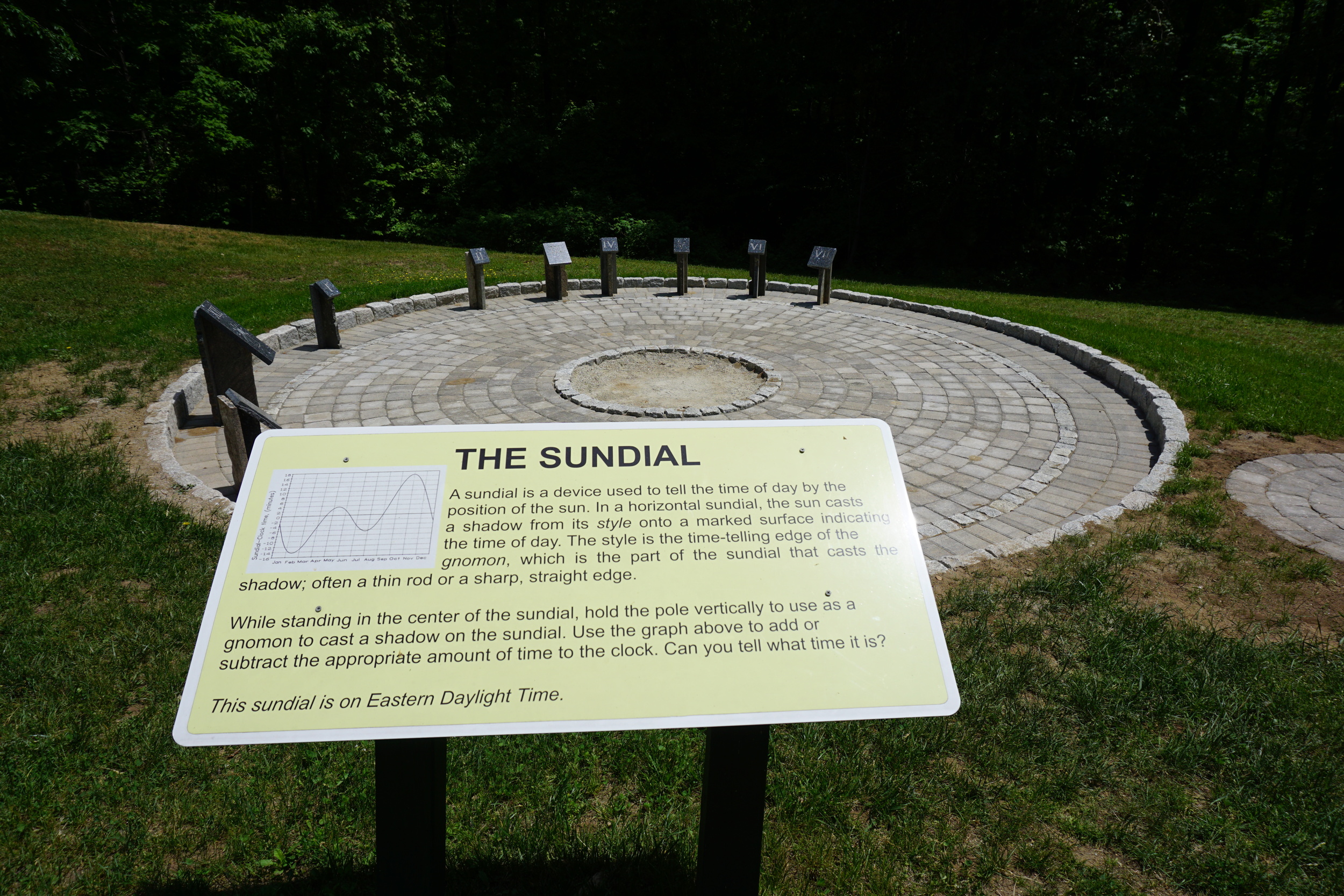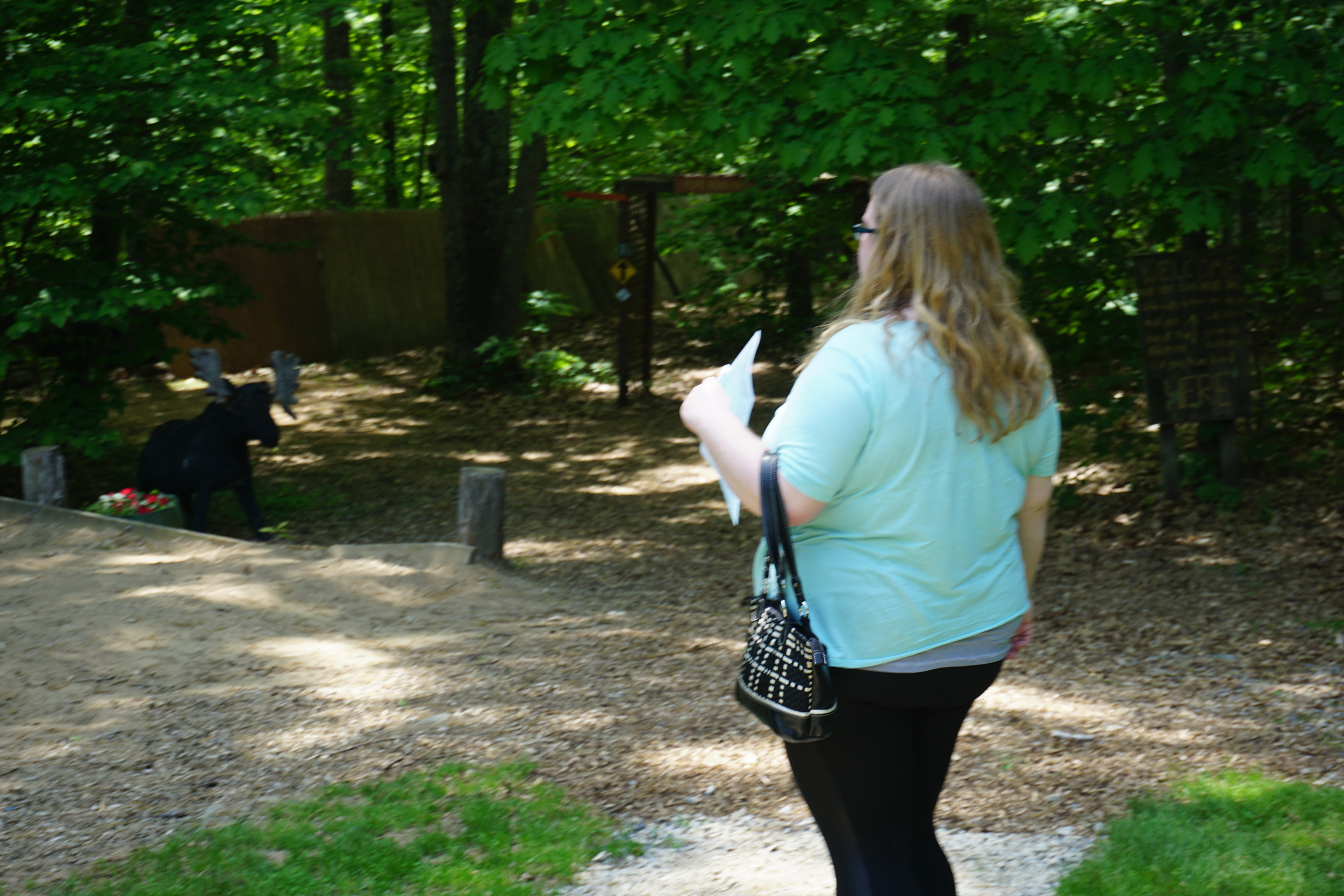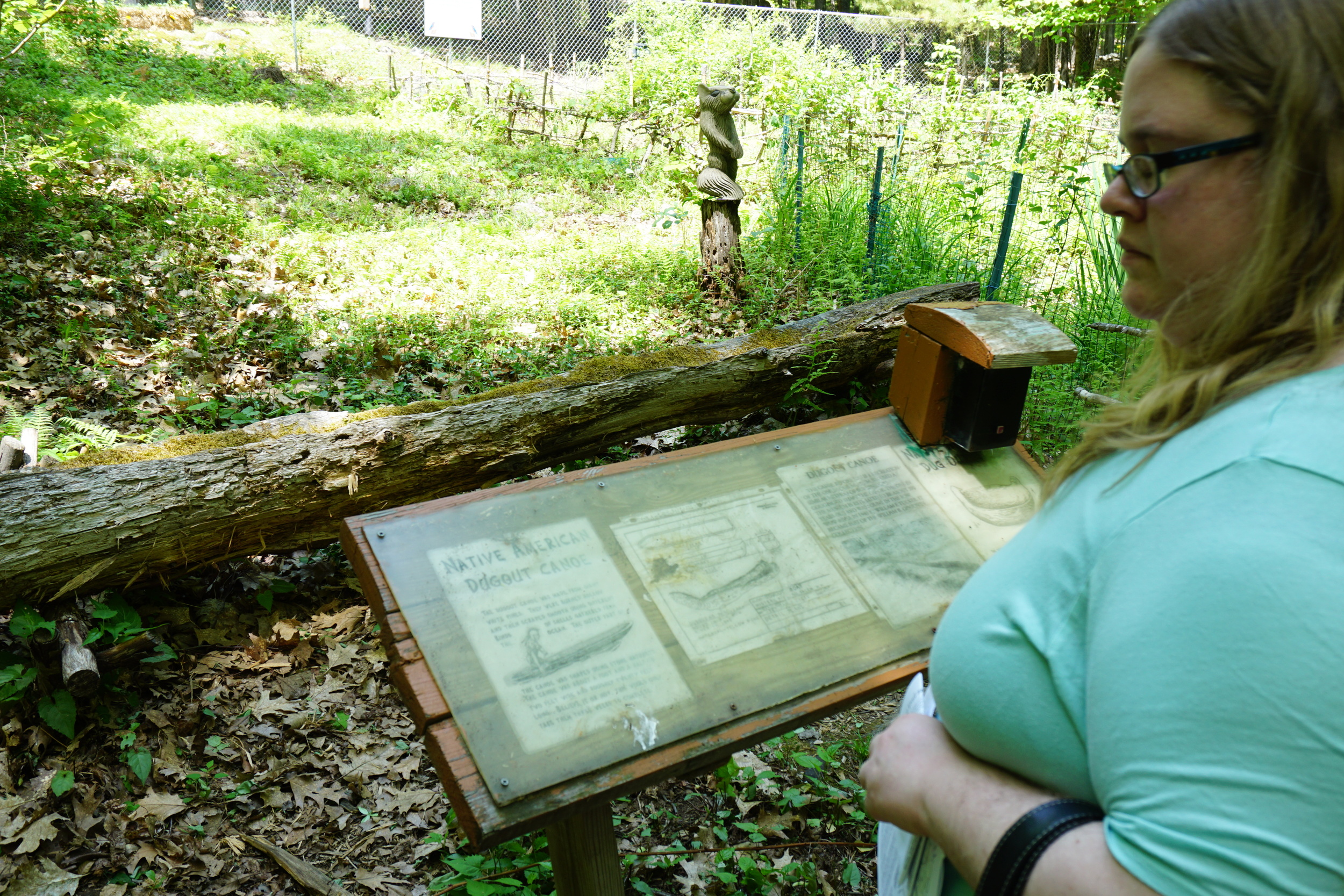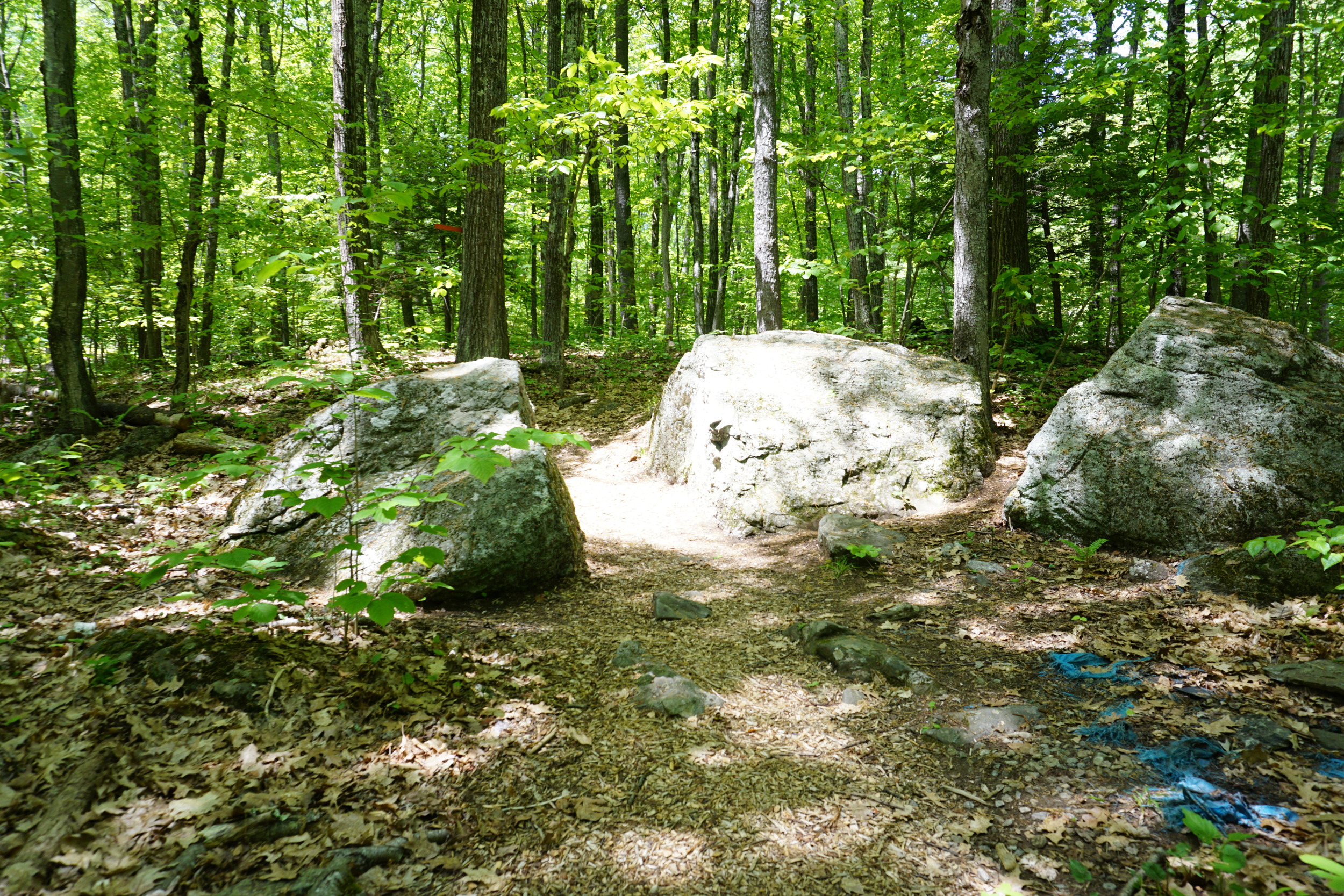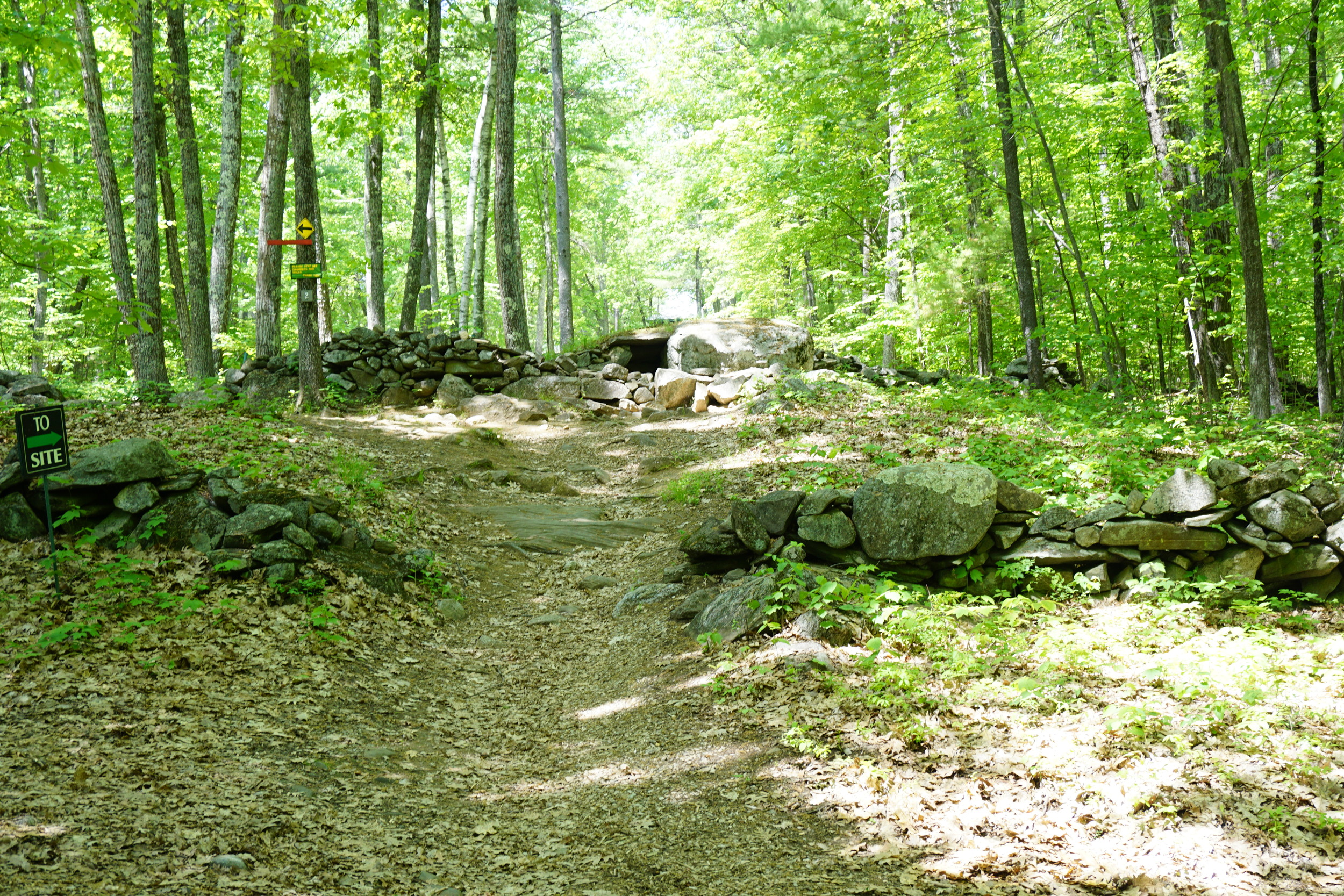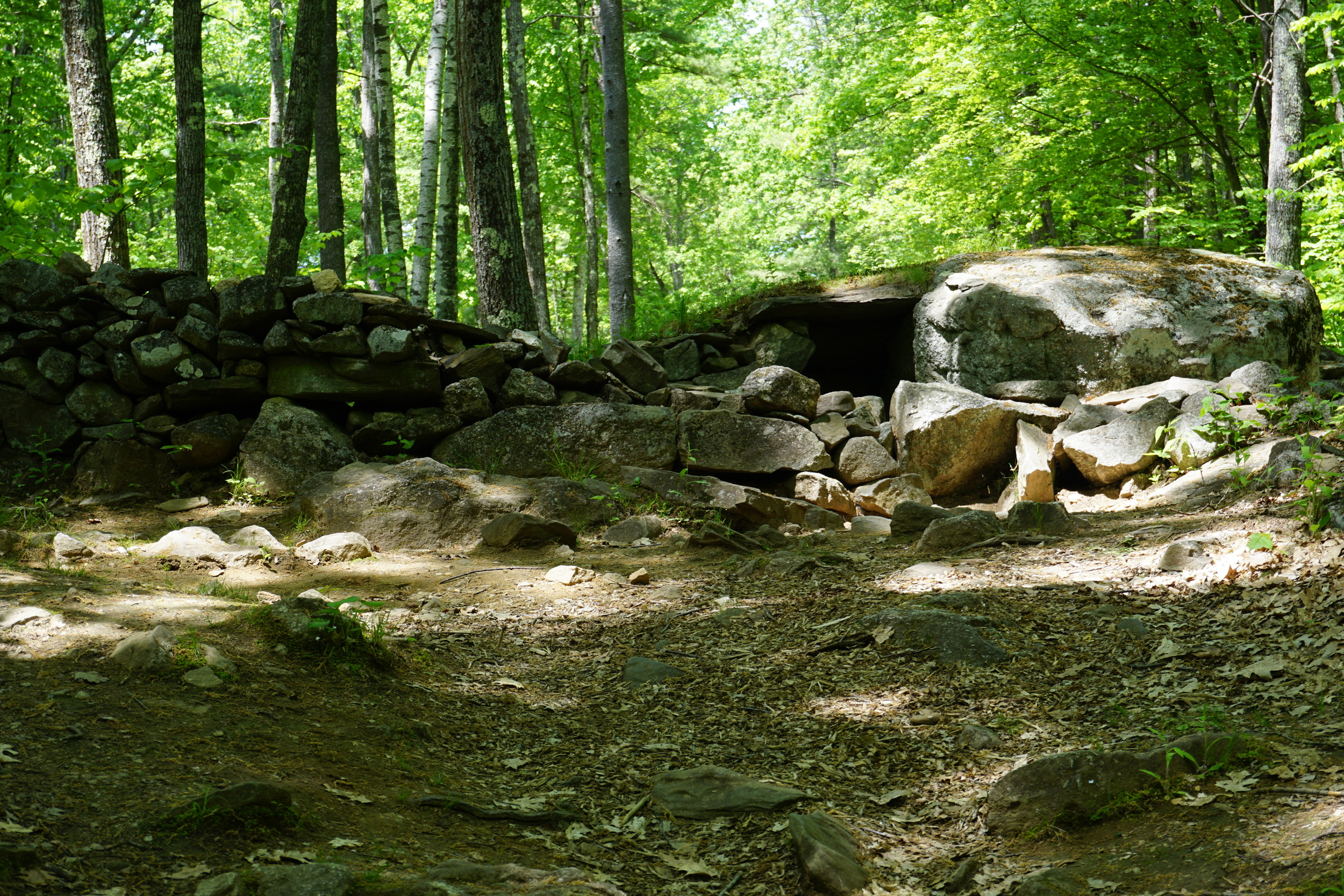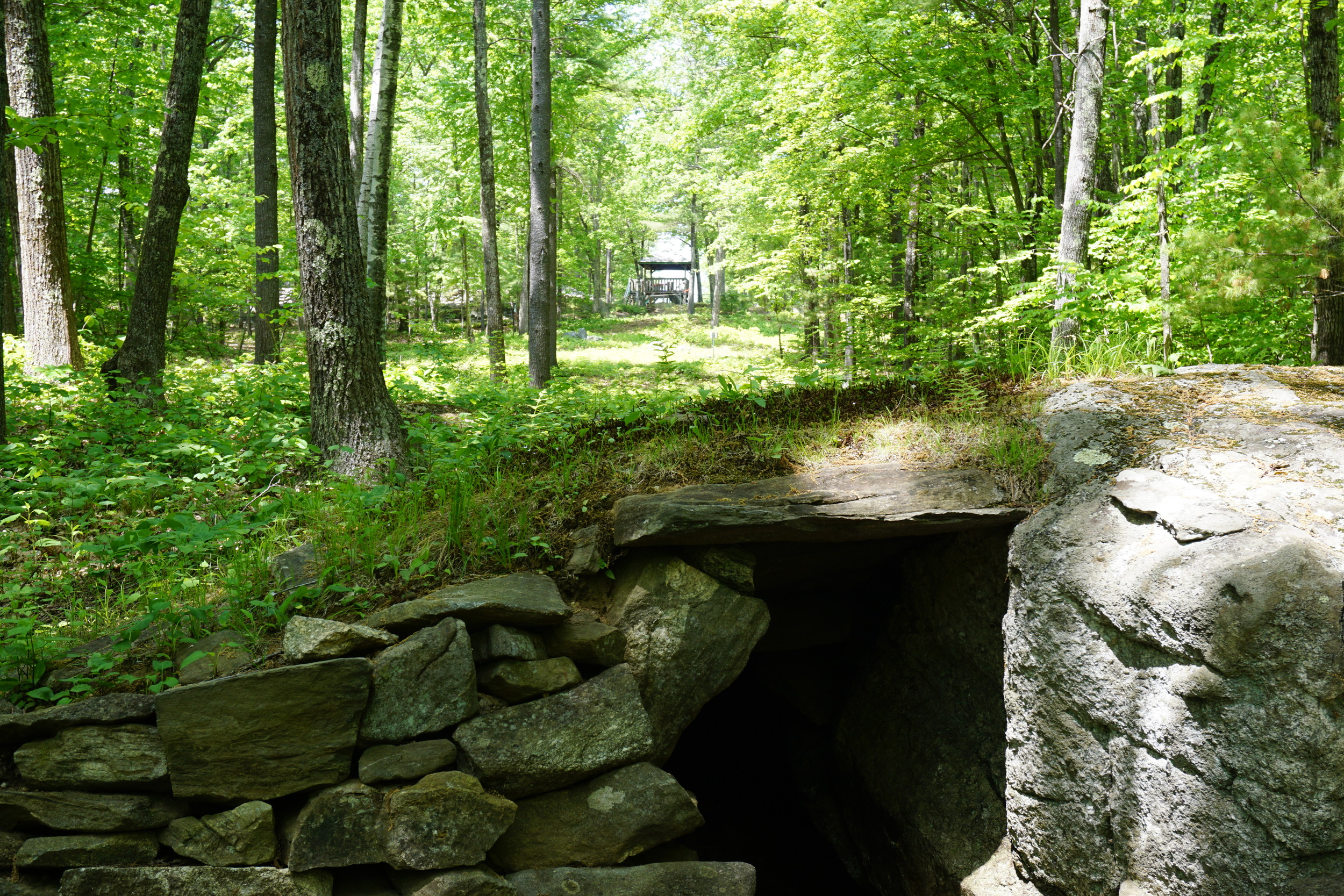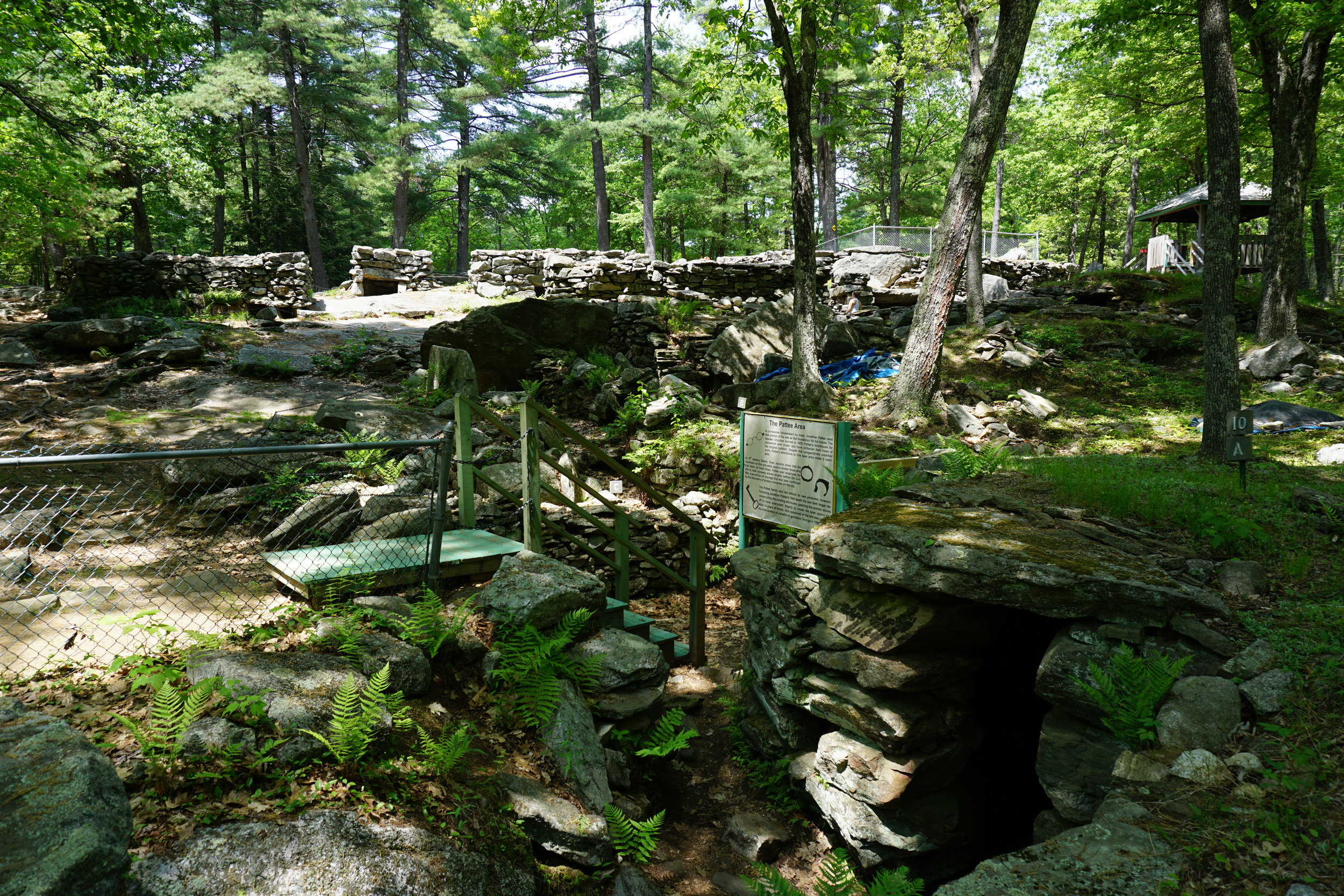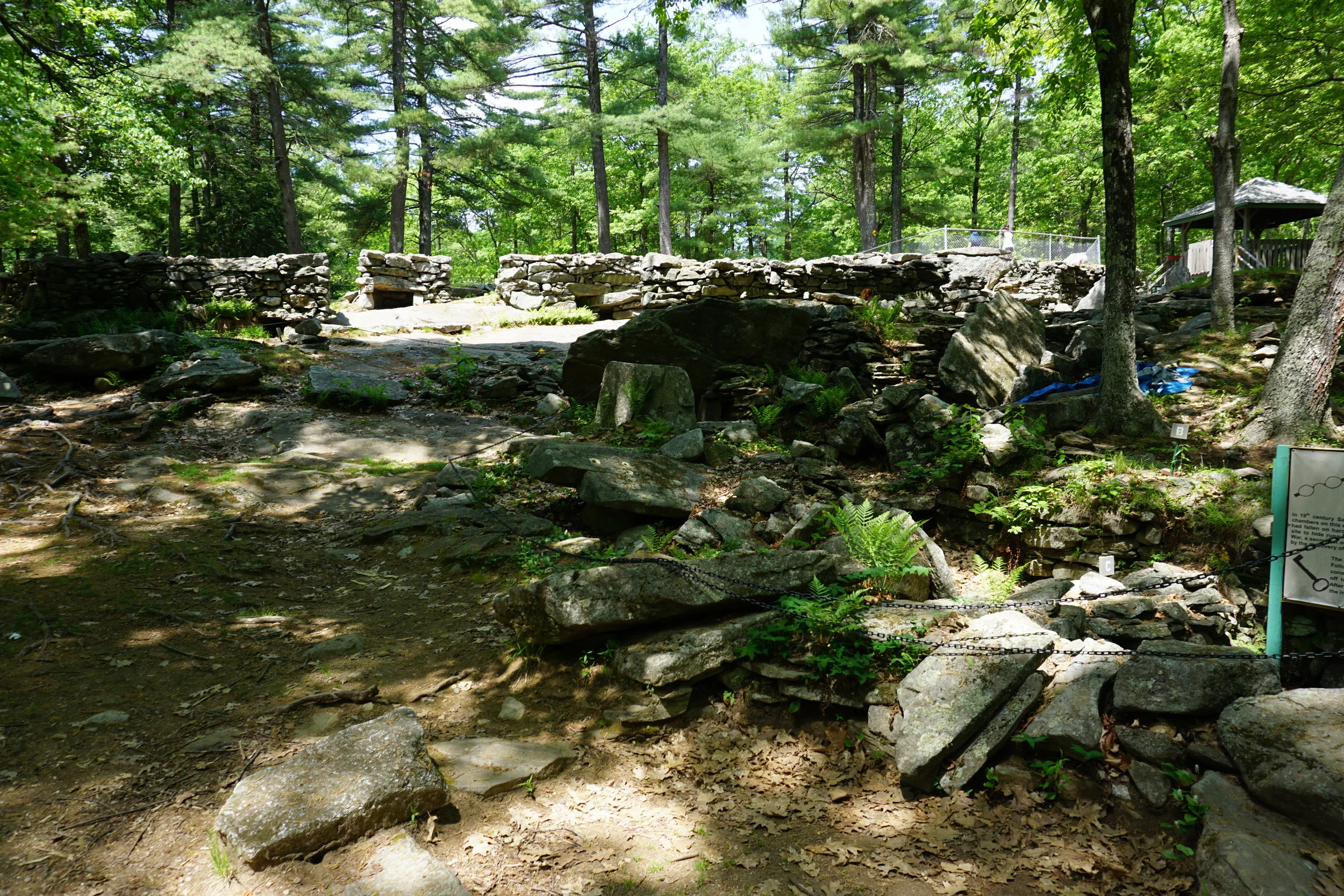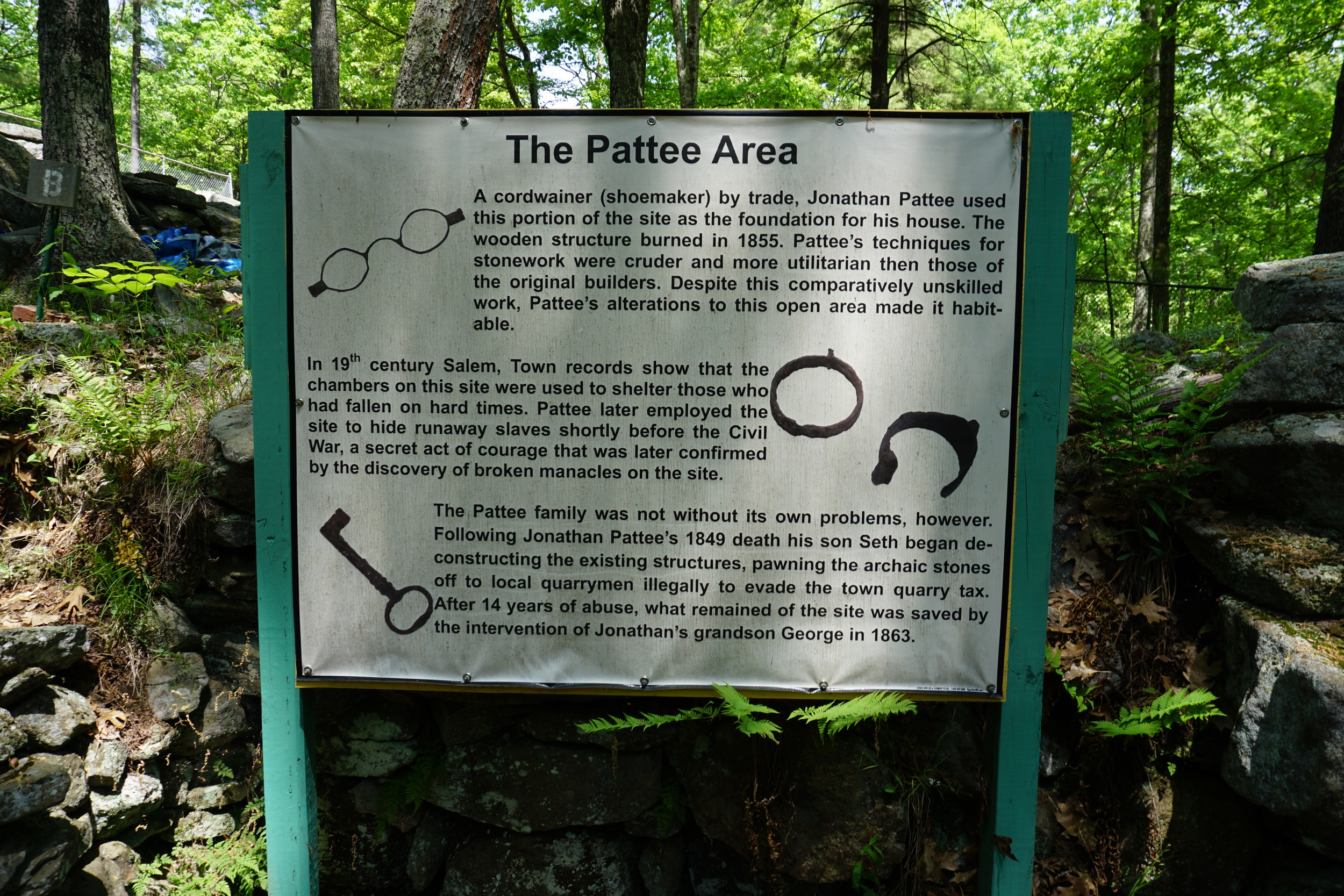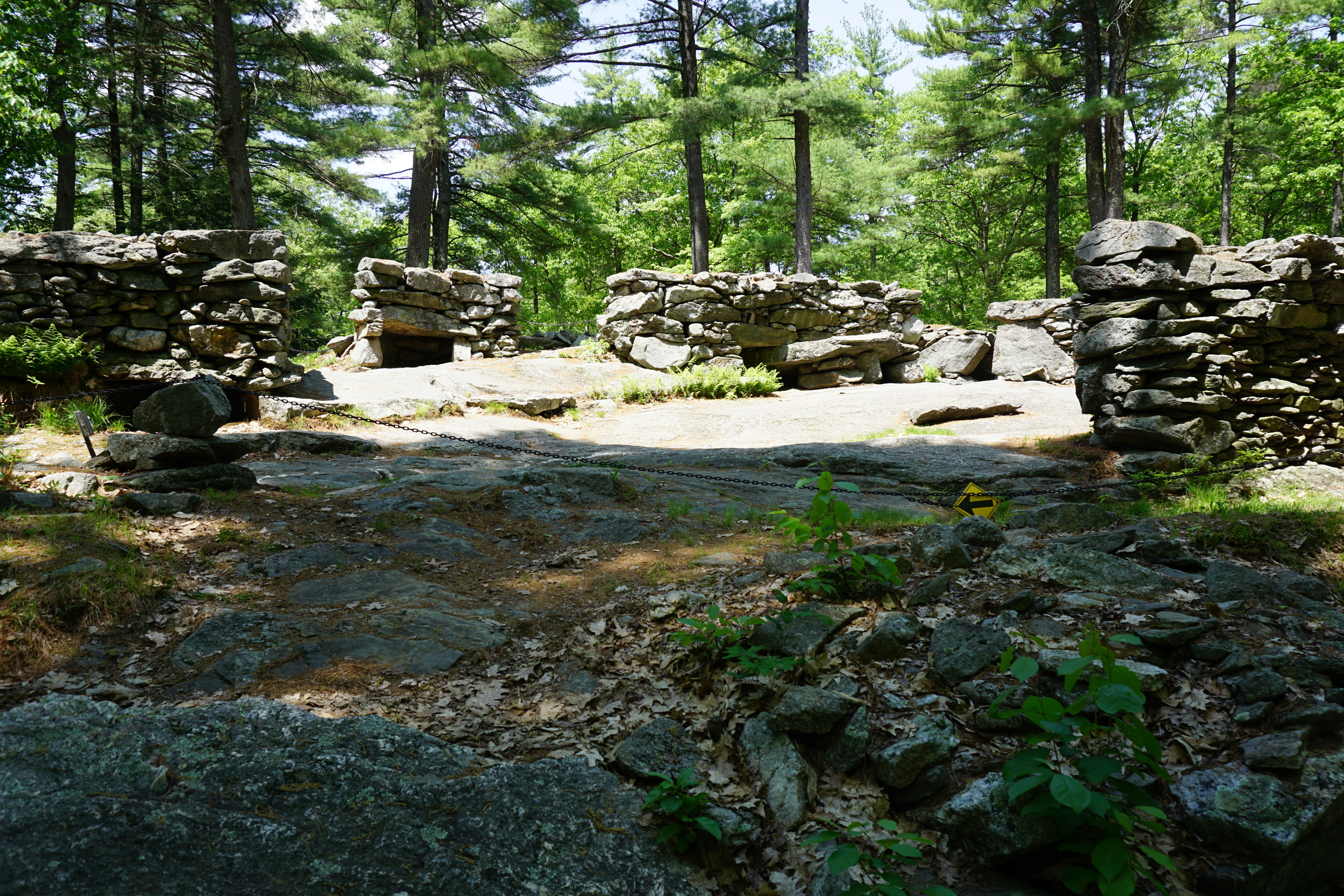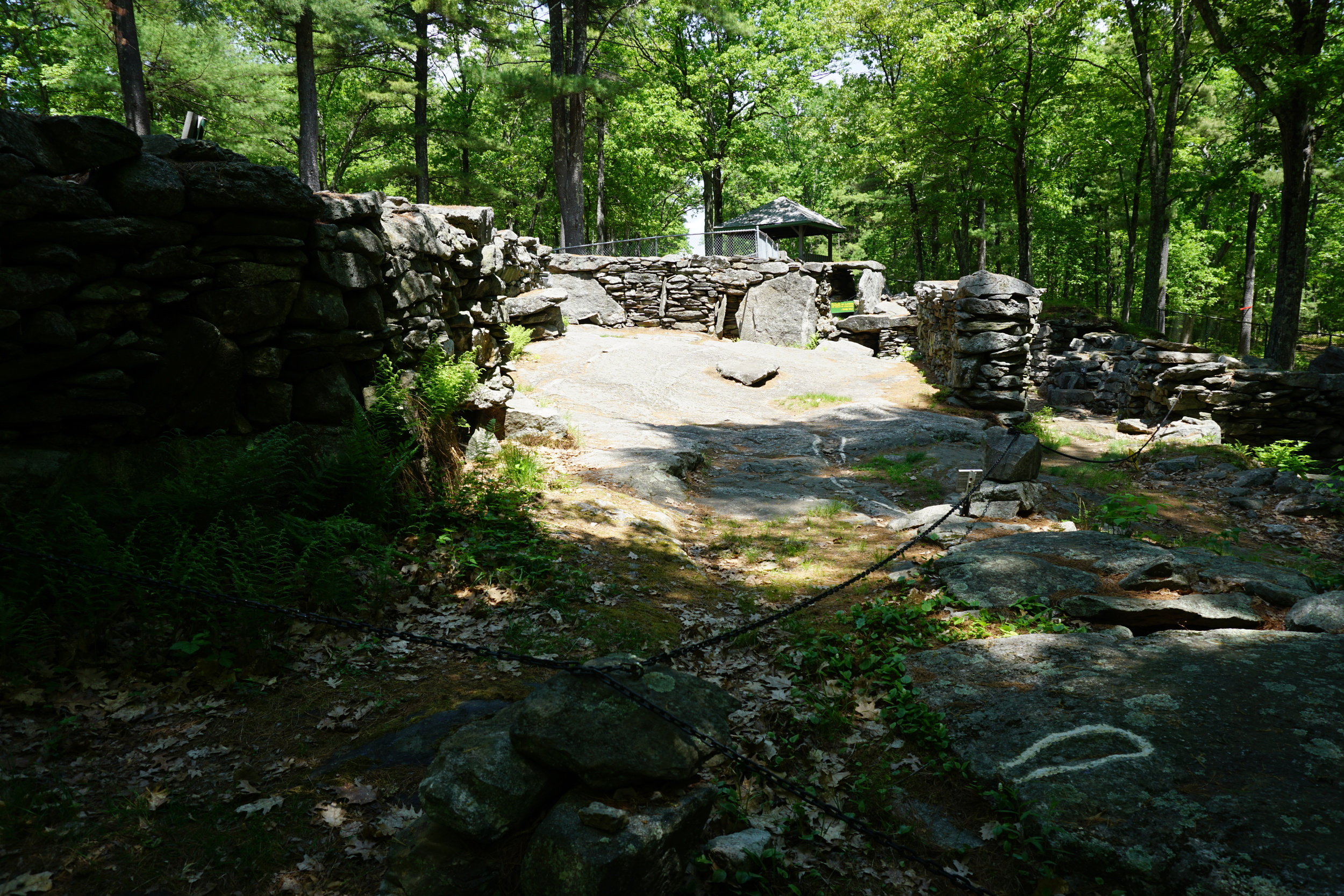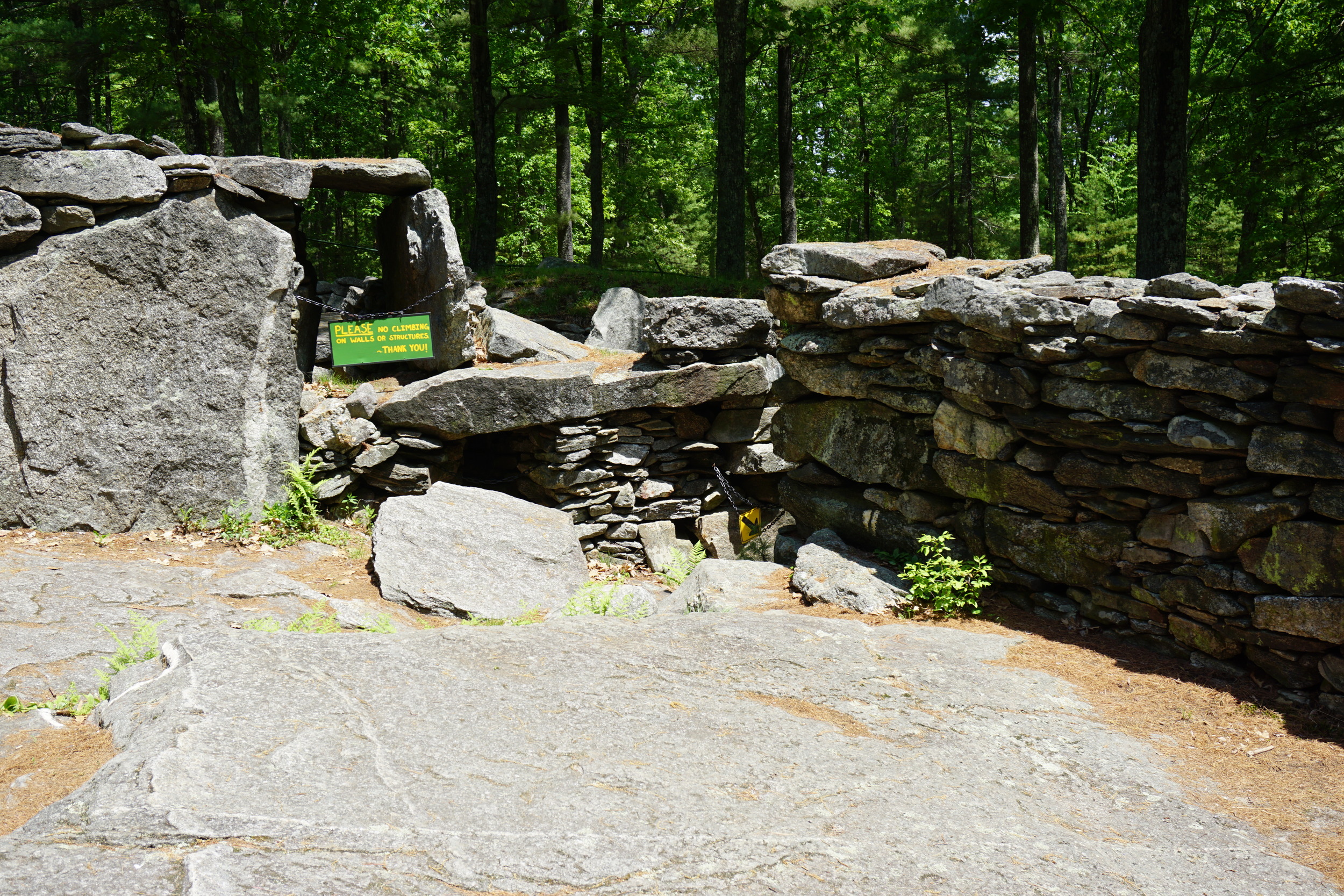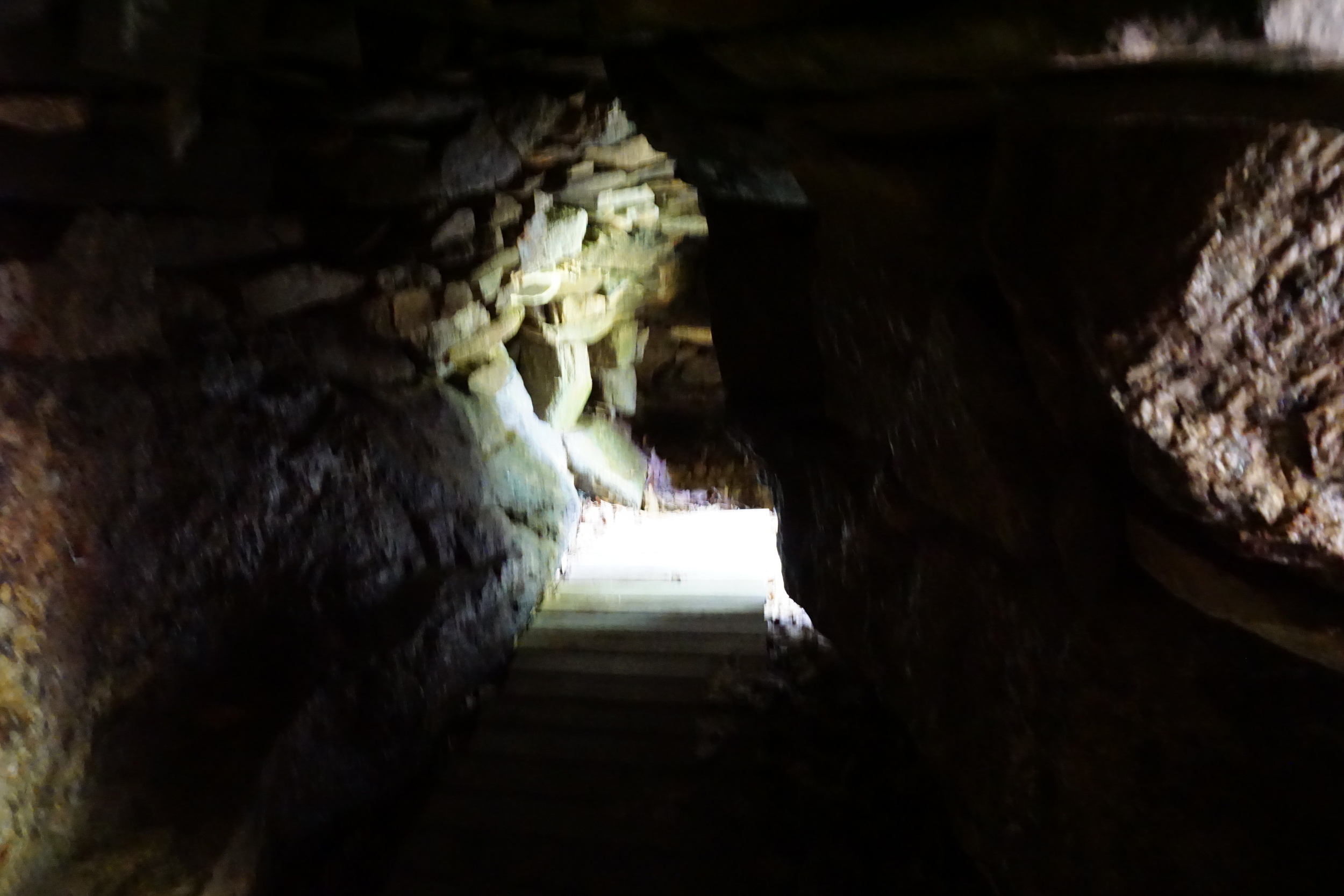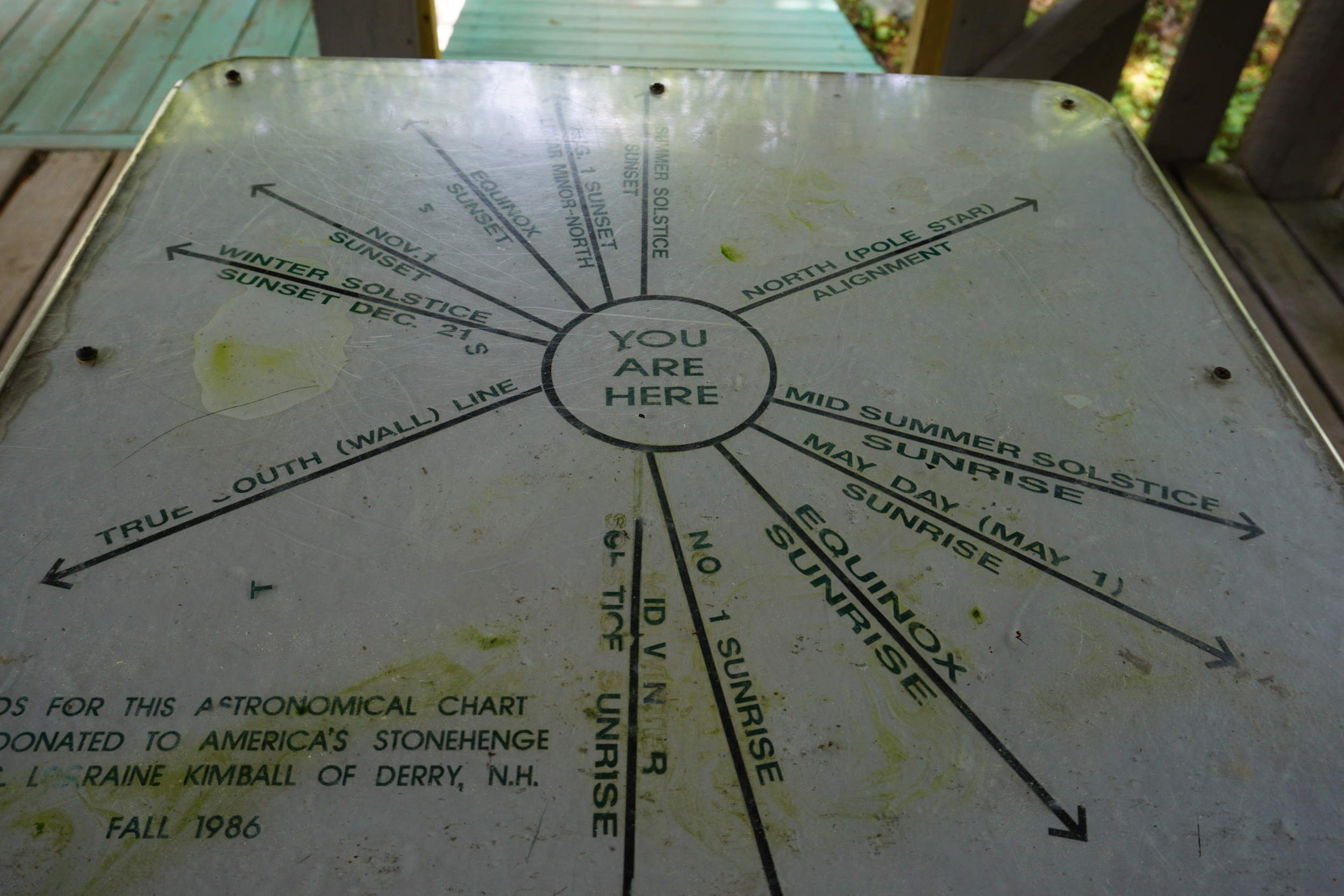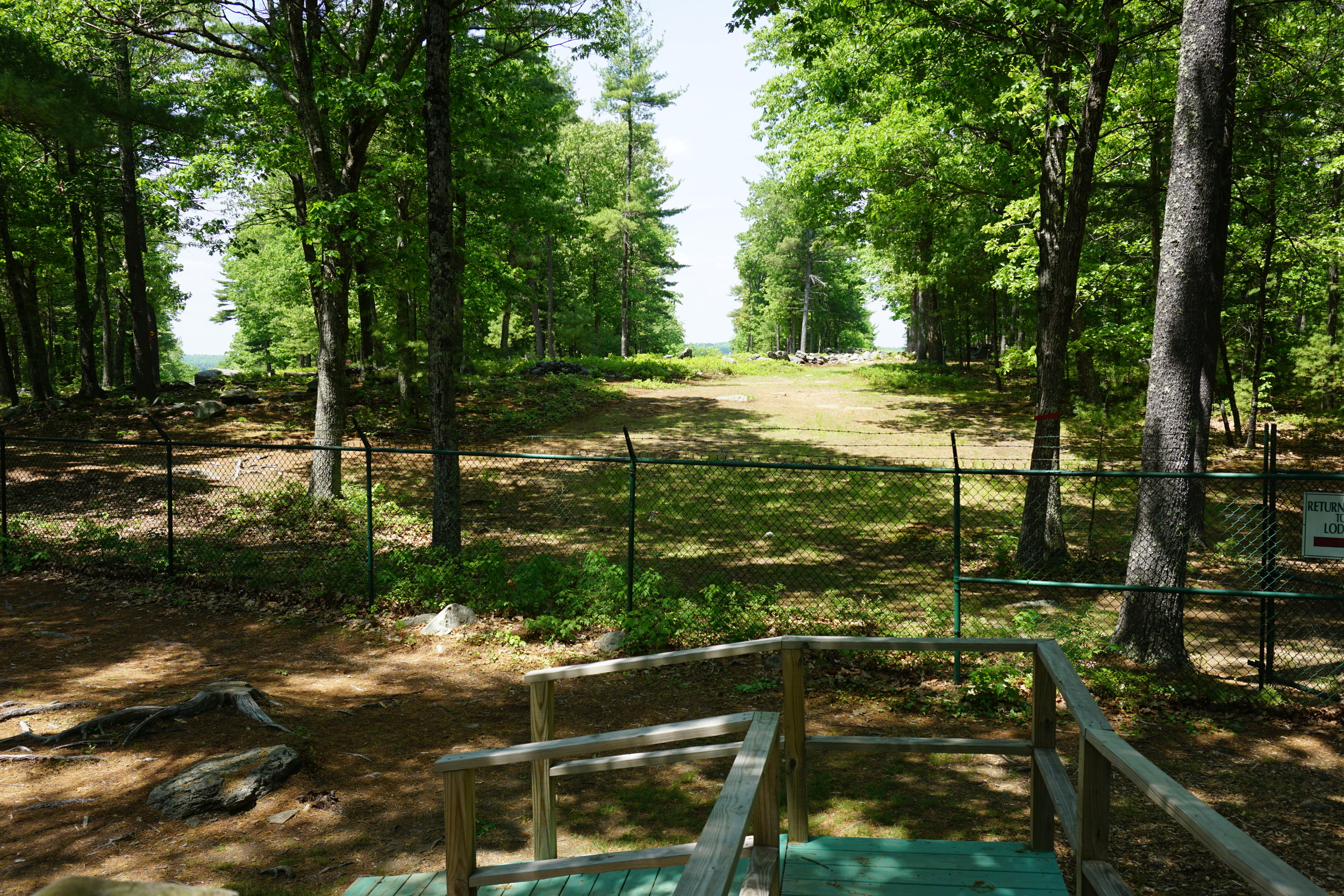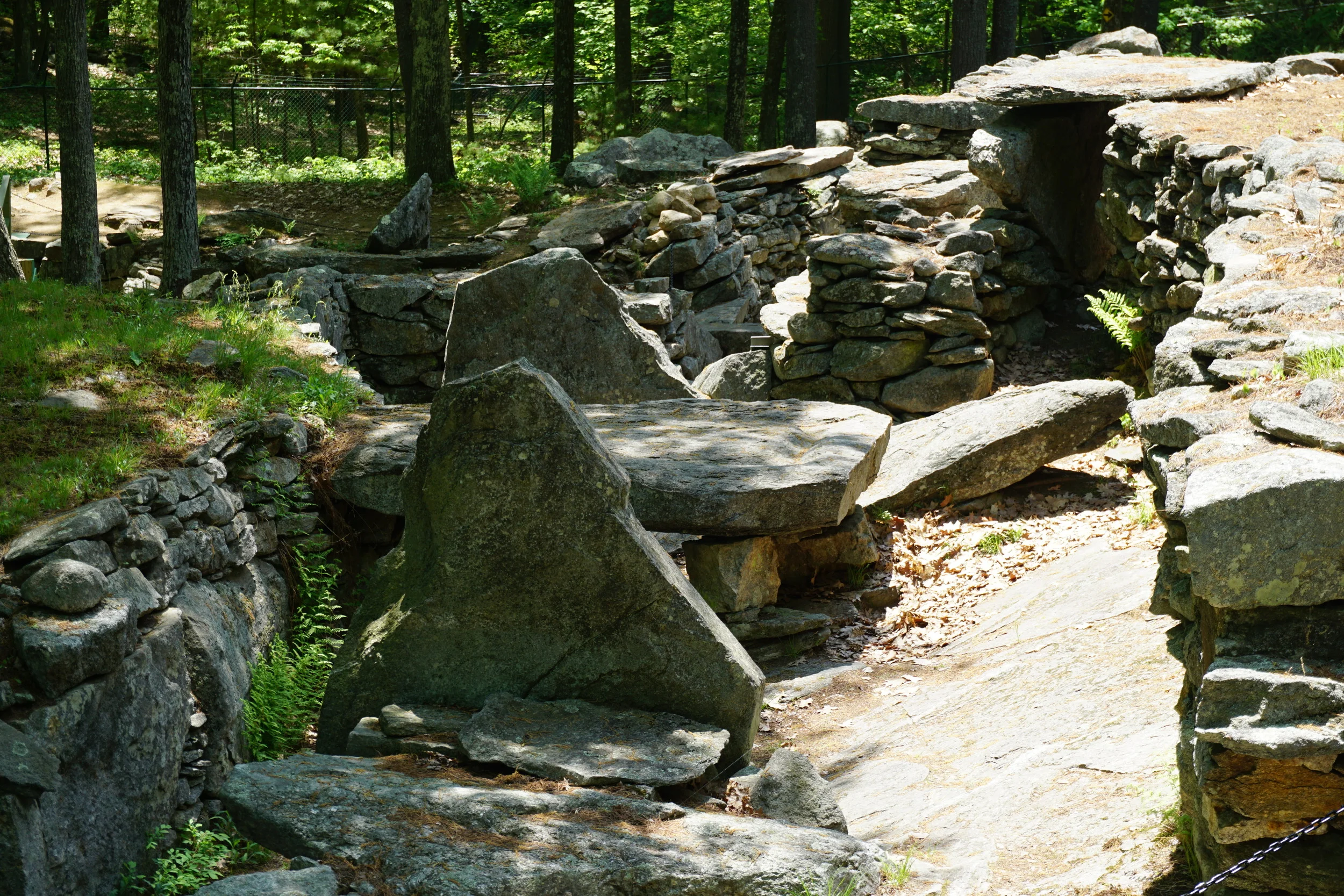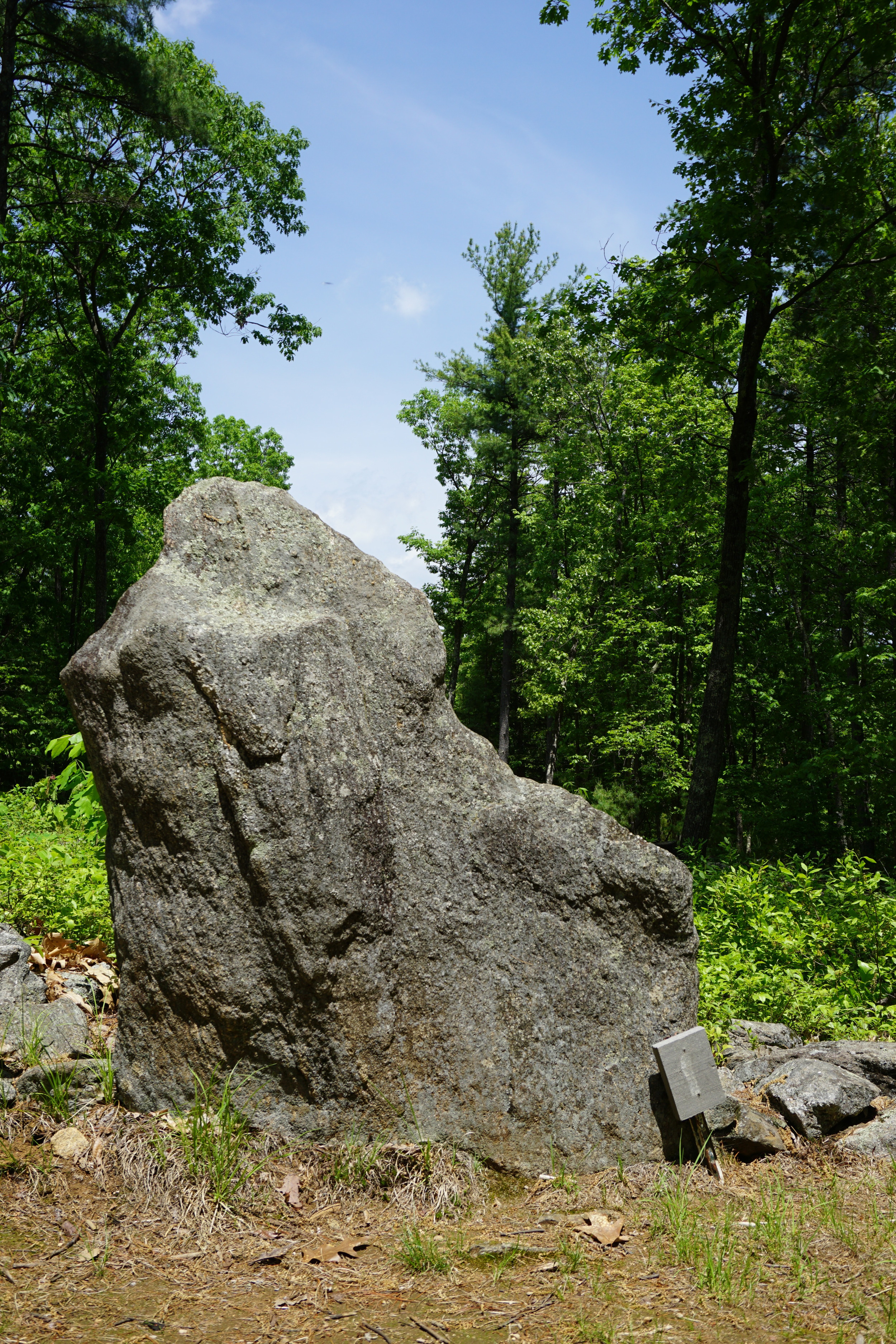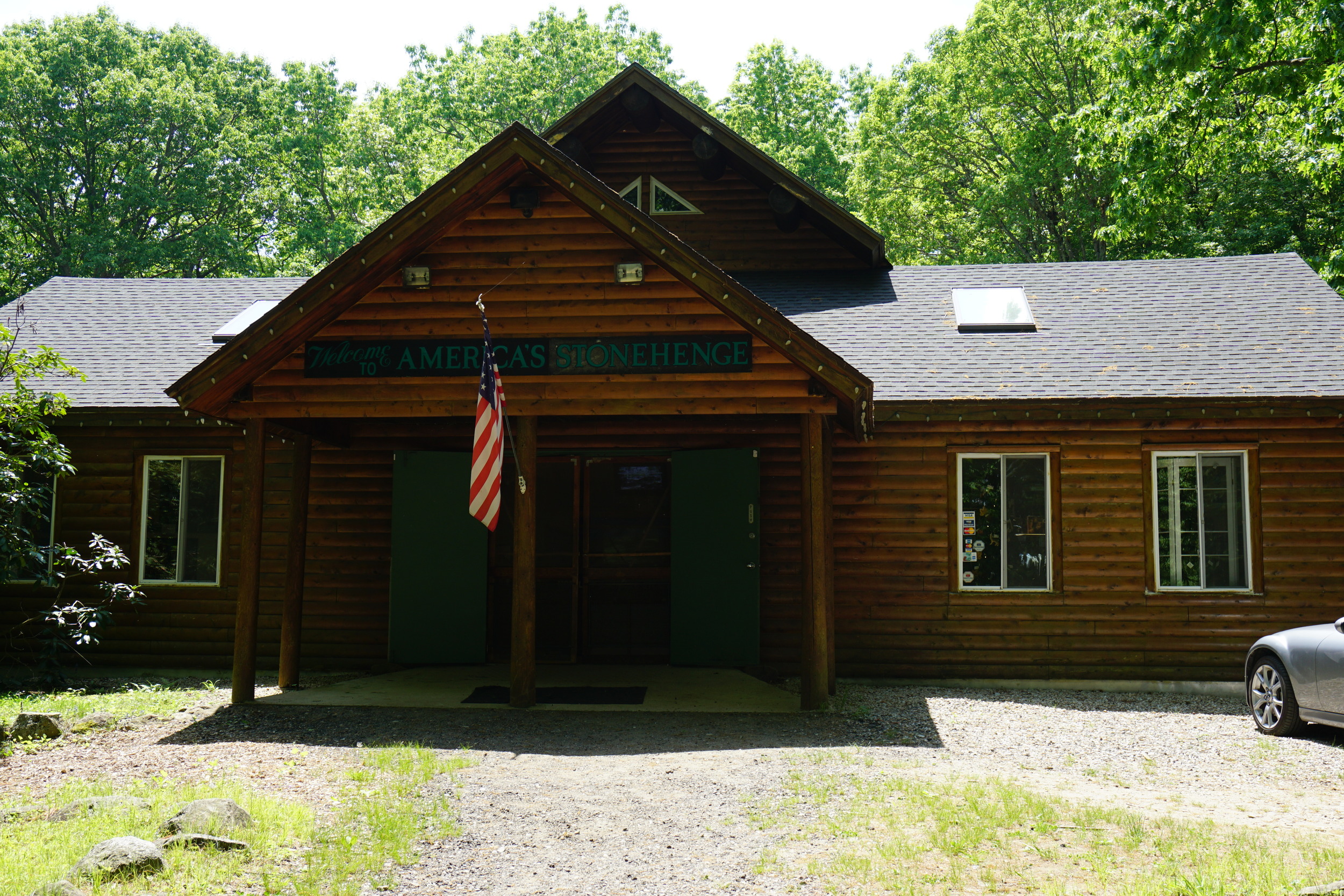Exploring America's Stonehenge "Mystery Hill" in Salem, New Hampshire
Tucked away in Southern New Hampshire in the hamlet of Salem is an archaeological mystery site that remains controversial to this day.
Mystery Hill in Salem, NH or as it is more commonly known, America's Stonehenge is an archaeological megalithic site that is made up of a large number of stone structures including stone chambers, walls and what appear to be stone astrological markers.
The site has long been recorded in regional history with it's first note in print in 1907 as part of the History of Salem, N.H. It was first dubbed Mystery Hill by William Goodwin who purchased the property in 1937 and remained its name until 1982 when it was renamed "America's Stonehenge" in an effort to reinforce the idea that it is an ancient archaeological site and not just some roadside oddity.
The controversy of this site comes in the form of a very muddled history, first described as a series of caves that are still intact and possibly used for storage purposes by Jonathan Pattee and regarded as Jonathan Patee's Cave.
“Jonathan Pattee’s Cave. He had a house in these woods 70 years ago; took town paupers before the town farm was bought. This is a wild but beautiful spot, among rough boulders and soft pines, about which the most weird and fantastic tale might be woven. There are several caves still intact, which the owner used for storage purposes.”[7] Many believe that Pattee built the site in the nineteenth century. No unequivocal pre-Columbian European artifacts have been found at the site”
The rest of the site's history is then clouded by the activities of William Goodwin, the proprietor, who became convinced that the location was proof that Irish Monks had lived there long before the time of Christopher Columbus. Goodwin began altering the site 'restoring' it to what he believed was the original construction.
Initial archaeological excavations led many to argue that the site was covered in Ogham writing of a pre-Columbian, yet non-Native American origin for the site and artifacts suggested that most of the stones were assembled by 18th and 19th century farmers including the much-discussed "sacrificial stone" that closely resembles lye-leaching stones used for the manufacture of soap. This together with the restorations by Goodwin have led many to discount the site.
Still, Carbon dating of the charcoal pits at the site provided dates ranging from 2000 B.C. to 173 B.C. placing the site in the Late Archaic or early Woodland time periods. Then in 1982 under the supervision of the New Hampshire state archaeologist an excavation uncovered a quarry site that was determined to be consistent with Native American lithic techniques.
I still have no idea how my parents stumbled across this site in the late 1980s. There are few signs for the site and even fewer people that know anything about the site, even in the archaeological community. When we decided to re-visit this site it was everything I remembered from back then. Literally only 3 cars in the gravel parking lot (including the staff), remote craggy trails and tucked away in the woods a whole labyrinth of stonework structures. Mystery Hill is far more appropriate than "America's Stonehenge" after all, it is a mystery as to what the site was really for, why it was built, what it was originally like before the owner 'restored' it and most importantly, why has this faded from archaeological memory?

